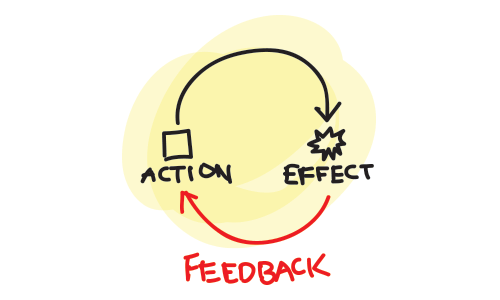Feedback Thoughts

One of the lessons I plan on teaching for my capstone is on how to tell time in French, using analog clocks (as well as digital clocks). To assess student comprehension, I created a worksheet for the students to complete at the end of the lesson. Knowing that my students can read the times in French and draw them onto the blank clocks provided on the worksheets will ensure that my students are ready to move on to the next day’s lesson (which will be assessed using a different, more difficult worksheet, where the students must write the sentences for times illustrated on analog clocks). Using this graduated form of assessment, where they are tasked with completing more difficult activities aligns with Bloom’s Revised Taxonomy. We will start each of my lessons with a short, informal conversation on the results of the assessments. Providing the students with timely feedback after each assessment will help them know how they are doing and will allow me to determine where I need to devote classroom time for further instruction. I was sure to create activities with differentiation in mind, allowing students multiple ways to complete the tasks. I used my context for learning document to ensure the requirements of the task aligned with individual student needs.
In addition to this more formal type of feedback, I also like to provide plenty of feedback “on the fly” while I’m teaching. This comes into play quite often when we do our opening warmup activities. The immediate, gentle corrective feedback helps the students realize that it’s okay to make mistakes and also provides them an opportunity to put the feedback into action. I’ve noticed this helps a lot in teaching correct pronunciation as well.
Some of my favorite resources are the VHL text that the students are using, as well as Duolingo, to give the students a way to ameliorate their vocabulary and pronunciation outside of the class. I like the website https://www.celt.iastate.edu/instructional-strategies/effective-teaching-practices/revised-blooms-taxonomy/ for referring to cognitive rigor levels, and https://www.cde.state.co.us/coworldlanguages/2020cas-wl-p12 for ensuring that my lesson objectives align with Colorado Academic Standards. The site https://curriculum.gov.bc.ca/sites/curriculum.gov.bc.ca/files/curriculum/continuous-views/en_second-languages_5-12_core-french_big-ideas.pdf also has some really good “Big Ideas” related to French acquisition as well.